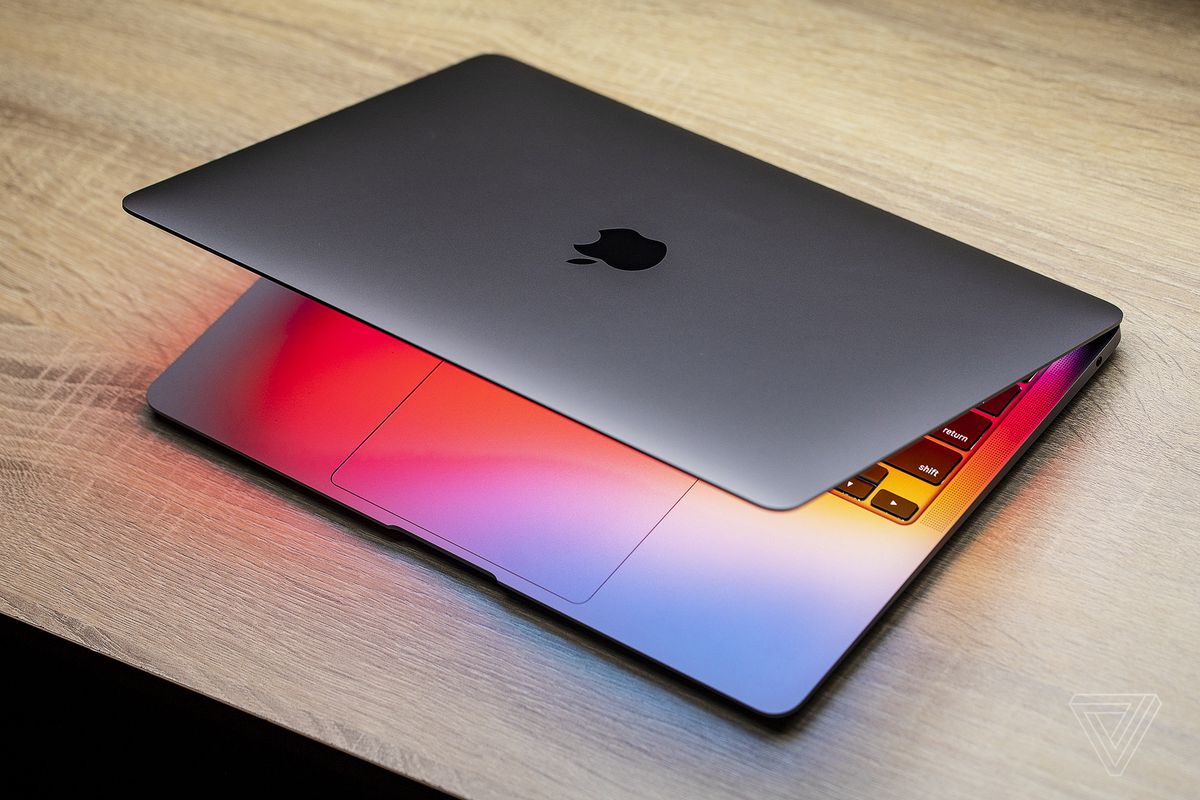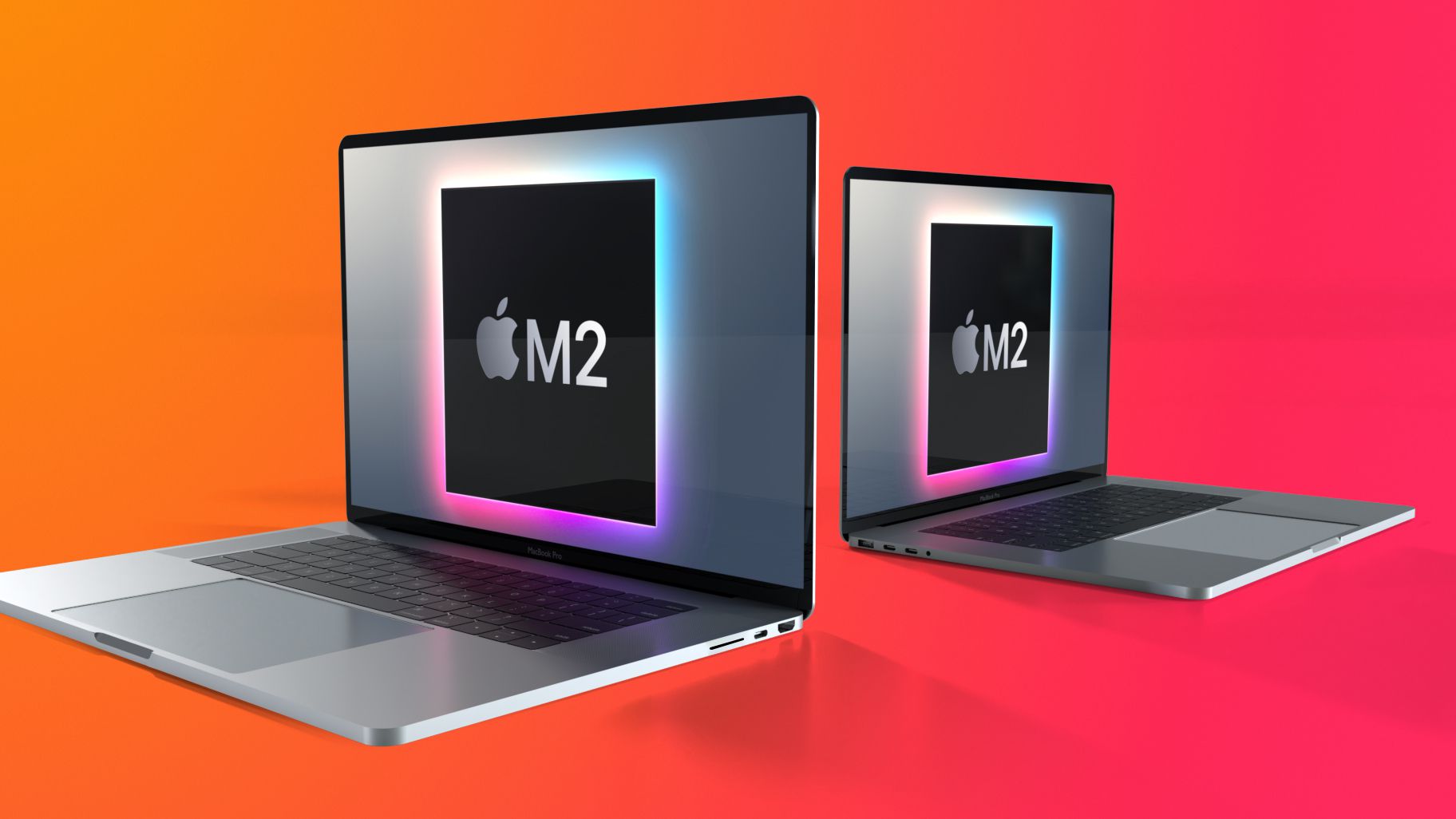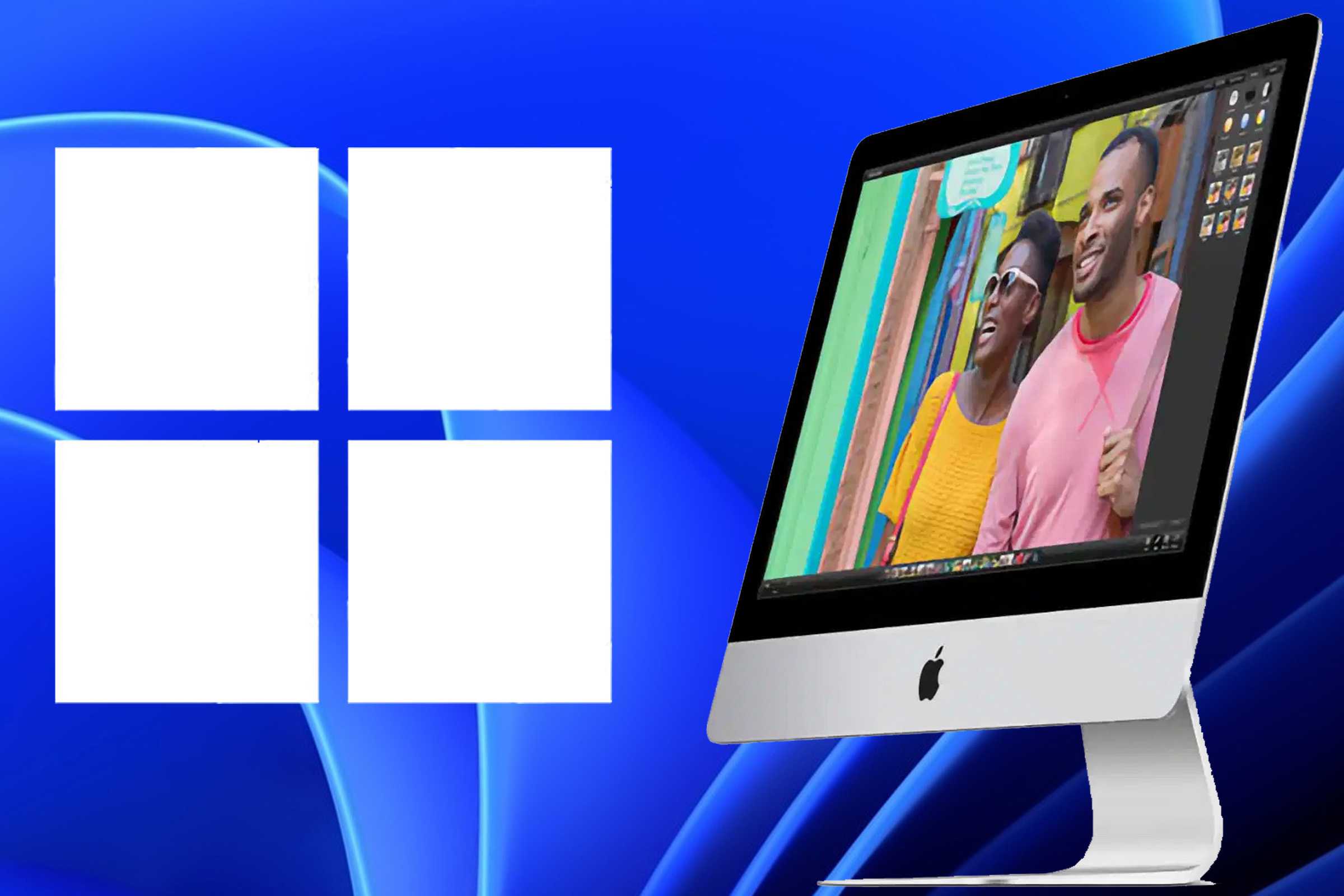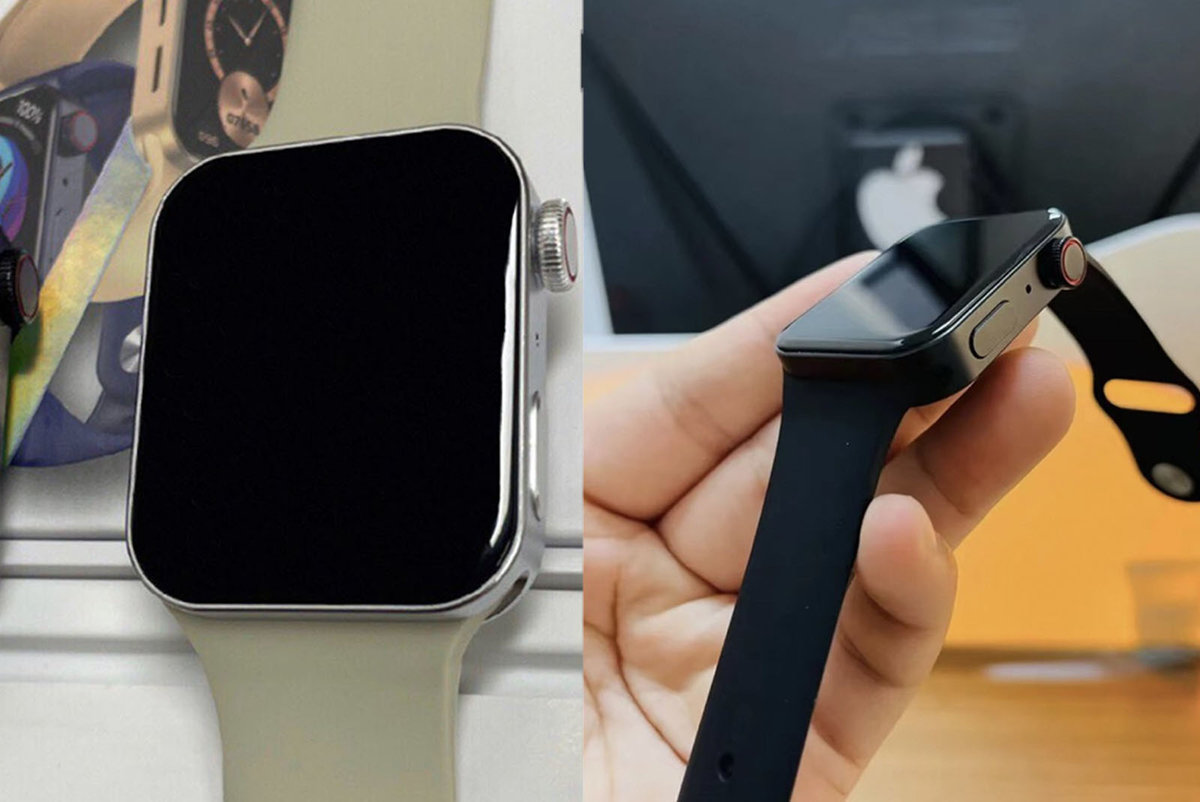The degree of importance of the factors that affect the battery life of MacBook: the interval of charge and discharge (after charging to A, only B is left)> number of cycles.
1. Avoid excessive discharge.
Try to minimize the use of the MacBook until there is only 20, 30 or even less power left before charging, and avoid turning off the MacBook until it is completely dead.
After a long period of time after different charging and discharging cycles, the remaining battery capacity of lithium-ion batteries varies greatly.
The long-term cycle remaining between 65-75% is the largest, and the long-term cycle between 20-100 (after full battery, only 20% left) is relatively the most harmful to the battery.
2. Avoid using your MacBook in an environment that is too cold or too hot.
If you are worried that the temperature is too high when the computer is in use, you can use a stand or a radiator.

3. Reduce the number of cycles, and try to use power when possible, especially when rendering videos or running large software.
The lithium battery of the computer has a certain cycle life, but it is not possible to completely use the battery to supply power, and complete a charging cycle at least once a month.
Unlike mobile phones, MacBook will not accelerate battery aging while charging. When the battery reaches 80%, MacBook will automatically use trickle charge. It automatically stops charging the battery when it is fully charged and will not cause the MacBook to overcharge and cause bulging. Once the battery is swollen, it means that the battery has been irreversibly damaged. Swollen lithium batteries can be directly discarded because the battery capacity is already very small. The correct way is to replace the battery, or remove the battery as a “desktop” use. Don’t puncture the battery.
4. Try to use the original, official partner brand/big brand charging head and data cable.
5. Turn on Mac to optimize charging settings.
Tips: The above knowledge also applies to Windows laptops





